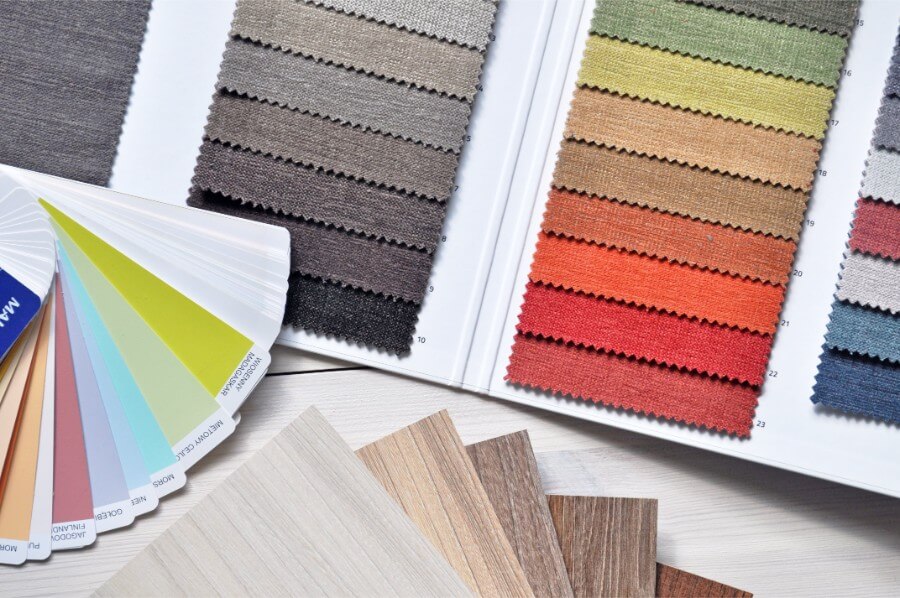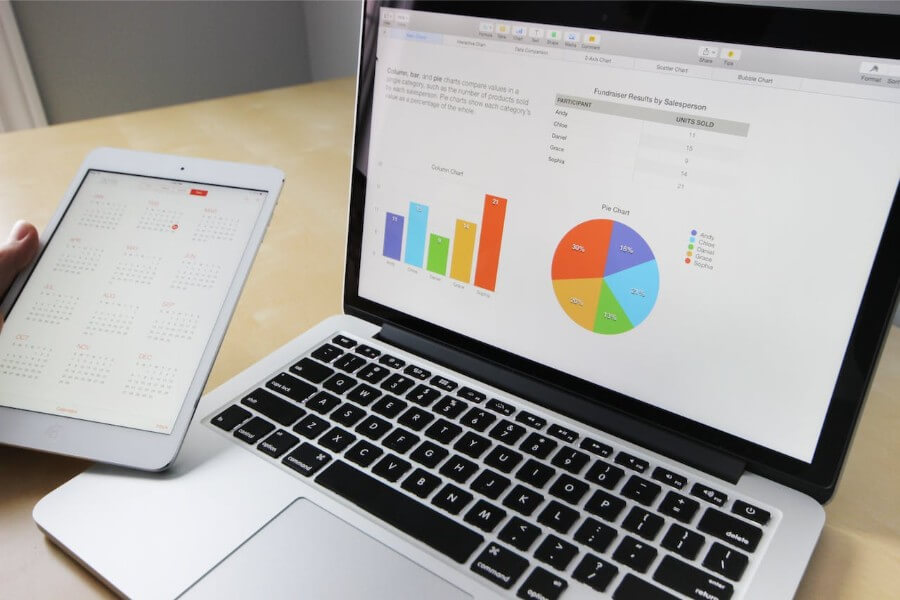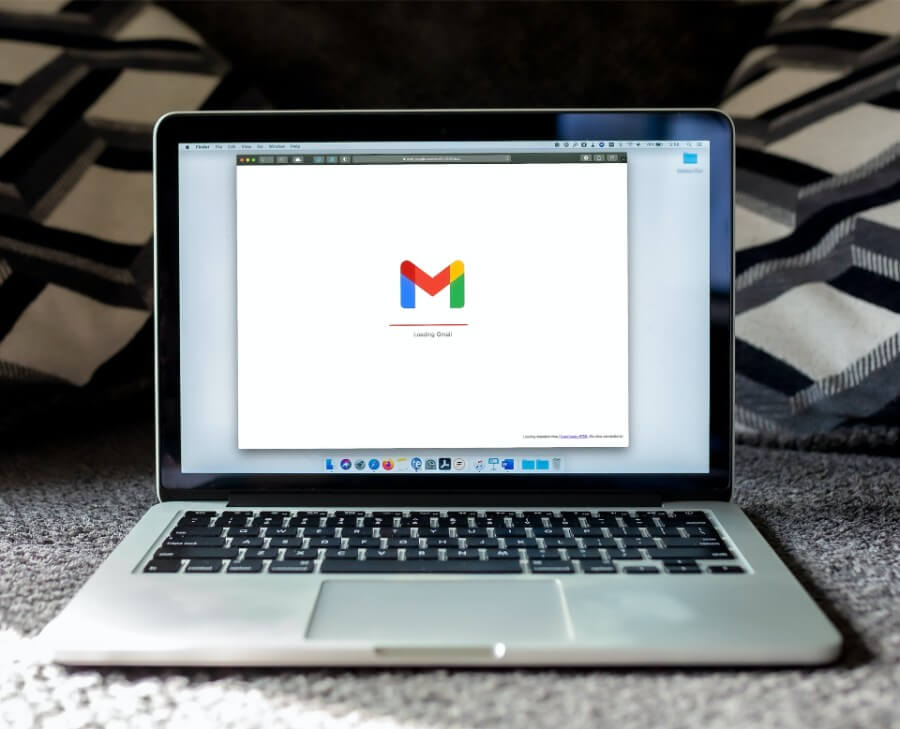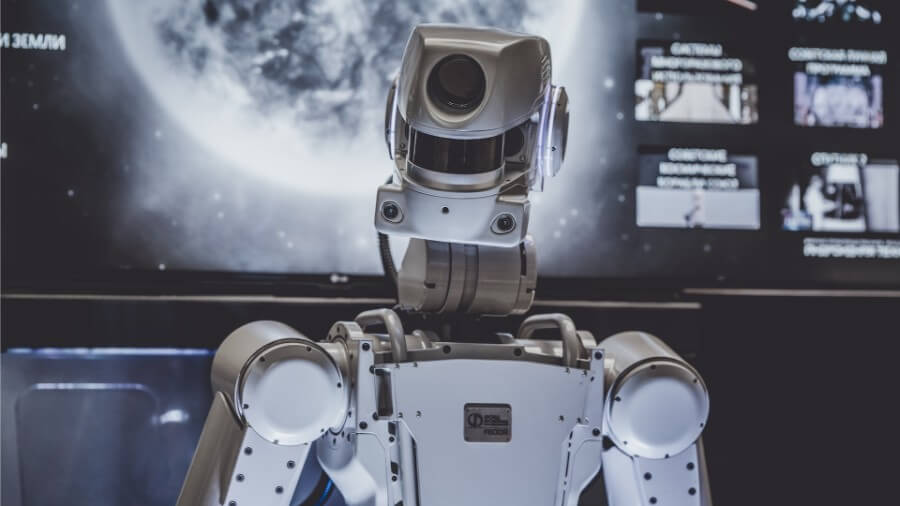
In the world of graphic design, finding the perfect balance between creativity and efficiency is often seen as a challenging endeavor. Designers aim to produce visually stunning and unique creations while also meeting tight deadlines and working within budget constraints. This article explores the key principles and strategies for achieving this delicate balance in the field of graphic design.








